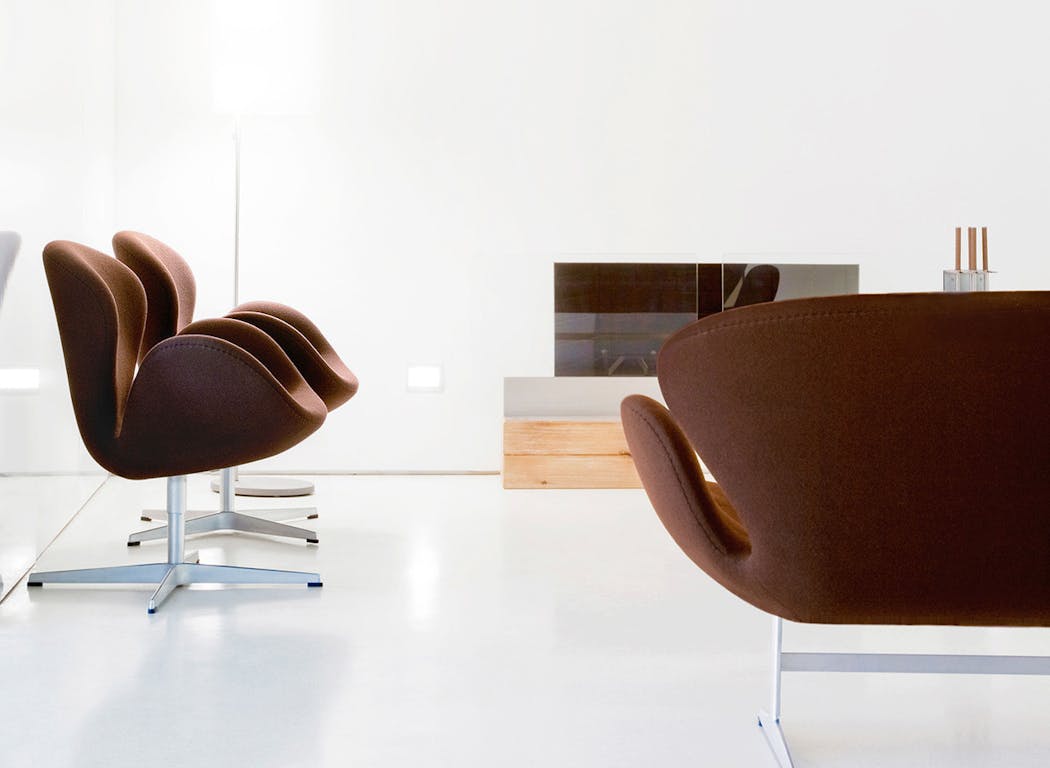Grand pianos. Your grandparents' floral china. Heavy, dark dressers. Crystal and collectible figurines, such as Lladro and Hummels. And fur coats.
Mischa Greenberg has seen them all bursting out of closets and attics at her baby boomer client homes around Philadelphia.
And, she says, all that stuff isn't worth much.
"People can't even give their things away, because young people don't collect," said the founder of Moves-Made-EZ.com, who specializes in downsizing and moves for boomers.
The market for antiques, older furniture, and collectibles — once a popular alternative asset — today has become a mediocre financial investment.
That's in part due to the ocean of "brown furniture" and antiques flooding the marketplace from downsizing boomers, a flood that experts estimate began about 10 years ago.
Only the very highest-end jewelry will fetch a good price for resale, she said.
"Most of it isn't popular. The millennials and Gen Xers don't dangle emeralds. And the fur coats I put on eBay? Most of them sell for between $50 and $500 to buyers in China," said Greenberg.
Even military collectibles on the lower end of the price scale aren't maintaining value. Civil War-era swords, for example, sold for $2,000 a decade ago, said art appraiser and former FBI investigator Robert Wittman.
"Today, they go for $800 to $850 for a standard-issue sword," Wittman said.
There are exceptions: Generals' swords with their names inscribed "stay high in price. But overall, this trend isn't good for the industry because new, young collectors aren't joining the market. Young people would rather have a top-of-the-line iPhone than a grand piano," he added.
The desire for hand-me-down furniture evaporated due to taste and economics. Millennials may enjoy antiques but can't afford them, or don't have space, as rents rise and living spaces shrink.
"Young people have built-in dressers, drawers, and closets — not furniture that's big and heavy. Millennials don't make enough to be able to buy the big homes and apartments. They rent, and studio or townhouse rentals in Philly are small. Even the free furniture from Mom and Dad isn't finding a home," Wittman said.
As boomers age, "all their stuff's glutting the market. They're the biggest population, and as they age, there's so much out there that the bottom has fallen out," said Wittman.
What still sells
High-end colonial furniture from the 1700s, collected by the Winterthur Museum and other institutions, still fetches exceptionally high prices. But those pieces are not what drives the antiques secondhand buyer — who instead wants everyday usable furniture.
Philadelphia's premier auctions show large amounts of once-pricey furniture selling for discounts. At an auction this year, a six-piece mahogany Chippendale-style bedroom set with ball-and-claw feet sold for just $750.
Wittman himself just bought six high-end chairs made in North Carolina, which retail new for $2,500. "I got them for $200" at Briggs Auction, headquartered in Garnet Valley, Pa., he said.
However, an Arne Jacobsen red chair and ottoman, with straight midcentury modern design, fetched more than $3,500 at a recent Briggs auction. It's a trend that Philadelphia auctioneers, such as Freeman's, have tried to capitalize on by featuring affordable, midcentury modern pieces that appeal to millennials.
A member of the National Association of Senior Move Managers, Greenberg says she has worked with at least 400 families, and the conversation is often awkward when getting rid of their onetime status symbols.
"I have a dozen grand pianos come through my business per year. One or two are resold, the rest are donated. Cunningham Piano just bought back a piano from a client," she said. In another case, she tried to resell a $60,000 grand — but got no response.
"There was a time everyone had a piano in their house, it was like a coffee table. You had to have one. Now, in some cases, I'm forced to take them to the dump," she said.
Photograph your stuff
If you can't bear to part with something, take a photograph of it for sentimental value, said Clemence Scouten, founder of Attics Anonymous. She helps families create personal histories of their relatives and heirlooms.
"When your parents are gone, you're attached to furniture or china or stemware. But you can take a picture and make a book out of it," Scouten said.
"My mom was French. My grandmother had an enormous hutch for china and flatware. It followed her throughout her life. But my mom couldn't sell it, and it didn't fit in an apartment," she said. "When my mom died, we sold everything, and I went out to my car and wept. It's complicated."
She advises families to sell expensive pieces of art and divide proceeds among heirs.
"You sell it and share the cash. There are ways to preserve what was meaningful about the object without the object itself. That's where there is opportunity. Don't put it in storage. Take pictures of it and make a book, explaining where and from whom it came," said Scouten.
"One client wanted a book about her mom's hats," she said. "That kind of emotional association you can pass on."

After 4 decades in music and major vocal surgery, Jon Bon Jovi is optimistic and still rocking
Rom-com author Emily Henry knows the secret to having a healthy relationship with love



